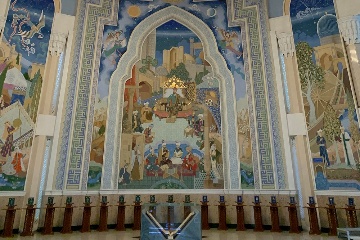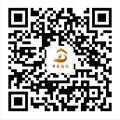Step into the beating heart of Central Asia's story at the State Museum of History of Uzbekistan, where every corridor hums with 1.5 million years of human drama. Founded in 1876 as a colonial-era cabinet of curiosities, this Tashkent institution has grown into a sprawling time machine – its Soviet-modernist arches framing 300,000 treasures that whisper secrets from the Stone Age to the Space Age. Feel the chill of history's breath as you stand before the Sel-Ungur cave relics, stone tools clutched by our earliest ancestors when mammoths still robbed these sands. Your journey through Uzbekistan's DNA begins here.

Let your fingers hover over the coiled stone serpents of Fergana Valley (2000 BCE), their hypnotic curves preserved like a Bronze Age incantation. Turn the corner and time collapses – suddenly you're tracing fingertips along 10th-century wooden columns from forgotten Oburdon villages, their intricate carvings still bearing the sweat of Karakhanid craftsmen. In the hall of vanished faiths, the serene "Triad" Buddha statue (1st century AD) from Fayaz-Tepa's Buddhist temples gazes eternally forward, his monastic companions frozen mid-prayer beneath desert sands for fifteen centuries before archaeologists' brushes set them free.
The air changes as you enter the Silk Road's golden twilight – here, Sogdian merchant coins spill from display cases like frozen raindrops, each bearing the faces of kings who ruled caravan routes where silk met steel. Breathe in the ghost of spices as you study Timurid-era Qurans, their gold-leaf Arabic swirling like musical notation across pages thinner than dragonfly wings. Marvel at how 14th-century ceramicists captured entire constellations in cobalt-blue patterns, their star maps guiding travelers between Samarkand's turquoise domes and China's jade gates.
But this museum doesn't flinch from modern echoes. In the Soviet hall, propaganda posters scream revolutionary promises through Constructivist angles, while humble chaydishes (tea bowls) sit quietly nearby – silent witnesses to everyday lives weathering political storms. The building itself becomes an exhibit as sunlight filters through latticework screens, casting shadows that dance between traditional Uzbek patterns and the stark geometry of 1970s socialist architecture.
Stay for the living stories. Participate in a masterclass where artisans reanimate ancient metalworking techniques, their hammers singing the same song as Bronze Age smiths. Return on Thursday evenings when the numismatic collection comes alive through augmented reality – watch as a 5th-century BC drachma transforms into a merchant's bargaining chip in bustling Bactrian markets. Don't miss the rotating exhibitions where contemporary Uzbek artists duel with history, splashing modern murals beside 10th-century frescoes in a vibrant conversation across centuries.
This isn't just Central Asia's attic – it's a pulsating crossroads where archaeologists' discoveries tango with living traditions. As you exit past the independence-era exhibits buzzing with neon-lit installations, you'll realize this museum isn't about preserving dead things, but about understanding how the hands that carved those Neolithic tools still shape Uzbekistan's soul today. Every artifact winks with unfinished business, inviting you to become part of the story that's still being written.




































